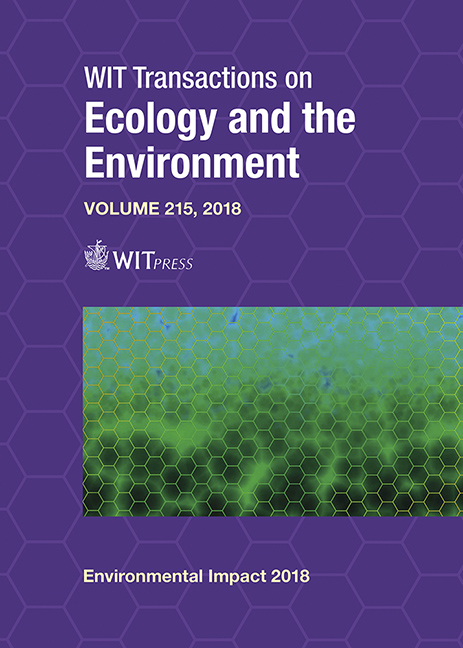FINANCIAL AND ENVIRONMENTAL IMPACT OF COMBINED ACTIONS IN ROAD TUNNELS FOR THE DECREASE OF ENERGY AND RAW MATERIAL CONSUMPTION
Price
Free (open access)
Transaction
Volume
215
Pages
8
Page Range
379 - 386
Published
2018
Paper DOI
10.2495/EID180341
Copyright
WIT Press
Author(s)
FERDINANDO SALATA, IACOPO GOLASI, ANTONIO PEÑA-GARCÍA
Abstract
Road tunnels are critical infrastructures for the economic and social development due to the remarkable improvement in transport and travel time in mountainous zones. However, the impact of tunnels is rather contradictory from all the perspectives: they contribute to safety since traffic in narrow roads bordering mountains and cliffs, sometimes in adverse weather conditions is avoided, but the severity of accidents in their interior is higher; tunnels contribute to savings in fuel, CO2 emissions and raw materials because time and distance is shorted, but their construction costs are very high and the energy consumption of their installations really remarkable. Anyhow, the balance is positive, and most countries are building longer and more modern tunnels whenever they are necessary. Since the trend towards more, better and safer tunnels is a reality, it is necessary to optimize their costs from all the perspectives. One of the deepest impact of these infrastructures on economy and sustainability are their lighting installations, whose yearly invoice frequently exceeds 1M€ in not too long tunnels. In the last years, intensive research has been carried out to decrease the consumption in terms of energy and materials in these installations. As consequence, interesting strategies have been proposed: use sunlight, introduction of pavements with special reflection patterns, regulation of luminaries in flux depending on the conditions etc. In spite of the increasing studies from a strictly technical perspective, the amount of works focused on combined strategies and mainly on their economic and environmental impact is rather low. In this work, the impact of some of these combined actions are considered in terms of CO2 emissions and financial balance. The results and their interpretation as well as some recommendations for future implementations are presented.
Keywords
tunnel lighting, energy savings, sustainability, environmental impact





